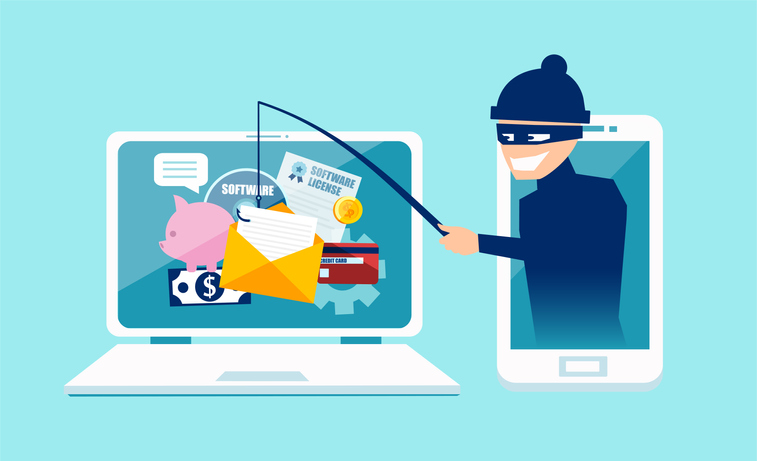
Six Essential Steps For CEOs To Take For Microsoft EOS 2020
What steps should I take if my Microsoft operating system support is ending in January 2020? Windows 7 support is ending January 2020 essential steps to take.
Microsoft is ending support for a number of operating systems and software packages starting January 2020. What does end of support (EOS) mean? Your computers and network will no longer receive software patches or security updates. You won’t be able to access paid telephone or online support for bugs or problems. The biggest threat with Microsoft EOS is security. Without security updates, your system will be much more vulnerable to hackers.
What Microsoft programs are ending support in January 2020?
You can access a complete list of programs on Microsoft’s EOS site. A partial list of programs ending support in January 2020 include:
- Windows 7
- Windows Server 2008, Windows Server 2008 R2
- Windows 10, version 1709 and 1809
- Windows 10, version 1803
- System Center (5 programs), version 1807
- Exchange Server 2010 (all editions)
Will EOS just affect these programs or can it affect others?
Microsoft’s January 2020 EOS will affect operating systems and server programs as well as programs that use the operating system. Your business could be using essential programs that run on the operating system. These are LOB (Line of Business) programs.
Your LOB programs could include:
- Business databases
- Customer relationship management (CRM) software
- Invoicing and billing software
- Accounting programs
- Programs for your industry: CAD, ERP, graphic design, word processing
Could your LOB programs stop working if you don’t upgrade your Microsoft OS or server suite of programs? Yes: you could experience significant downtime due to bugs, glitches, and security problems.
What steps should we take to make sure we’re covered for Microsoft’s January 2020 EOS?
- Start planning as soon as possible — don’t wait until December 2019
- Assess your inventory of essential LOB programs and apps.
- Identify who uses the programs and how essential they are
- Find out if the programs will run on upgraded Microsoft operating systems
- Select the appropriate Microsoft OS or Server suite for an upgrade
- Update and/or upgrade your essential LOB programs to run on the new Microsoft OS or Server programs
What can a managed services provider (MSP) do to help with Microsoft’s EOS in January 2020?
If you already have an MSP and they haven’t talked to you about Microsoft’s EOS in January 2020, you might have a newer OS or server that won’t be part of this EOS. Microsoft is currently providing five years of standard support and 10 years of extended support for its products.
If you don’t have an MSP, Microsoft’s EOS offers you an opportunity to contact one. MSP’s have already handled many upgrades and migrations based on Microsoft’s EOS process. You should interview several MSP’s to find out which one is most qualified to help your business. Look for an MSP who’s got experience with your business’s software needs. Look for an MSP who can communicate clearly. Another plus? A provider with good people skills who’s experienced in working with people who’ll need to start using upgraded software. The security risks involved with failing to upgrade older Microsoft operating and server systems are too great to put off upgrades or allow people to continue to use old, outdated software that’s out of support.
Once you’ve selected the MSP that’s right for you, sit down with them and establish a plan for your options for upgrading your OS and essential LOB software and apps. More Microsoft programs are set for EOS later in 2020. Begin the process now to ensure a smooth transition.










